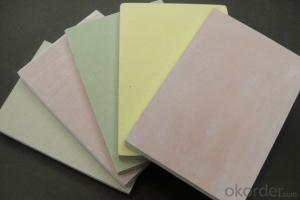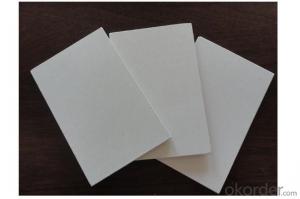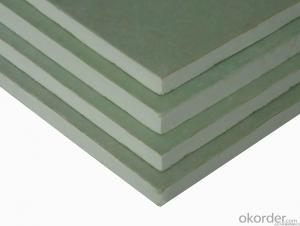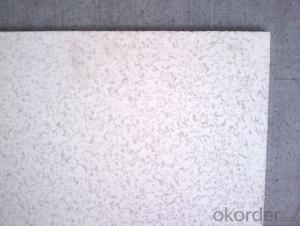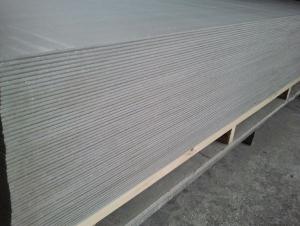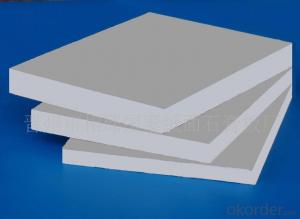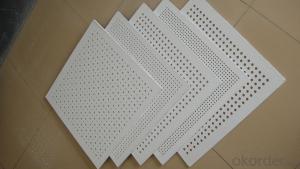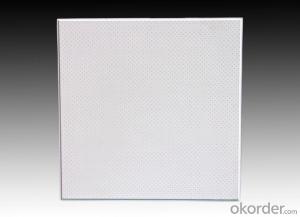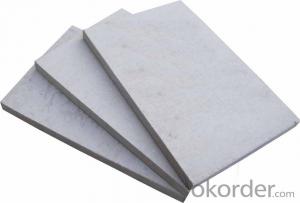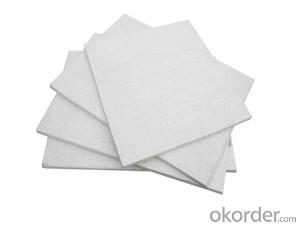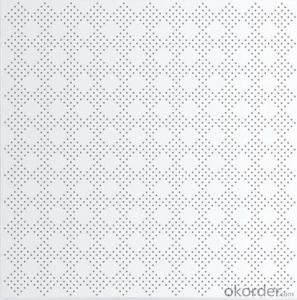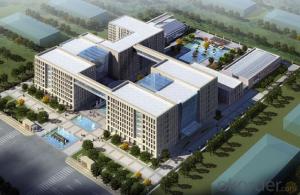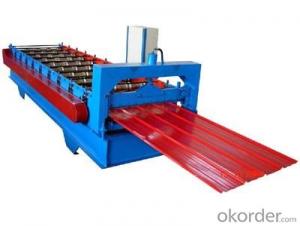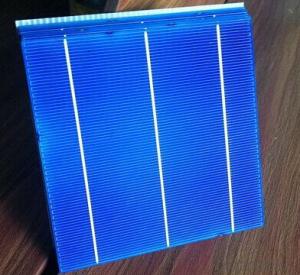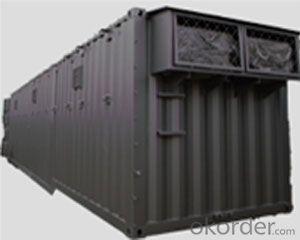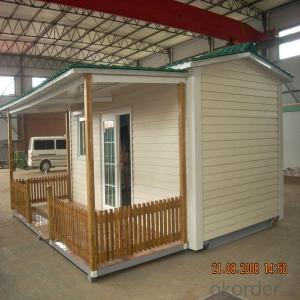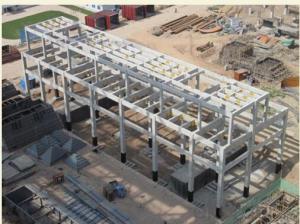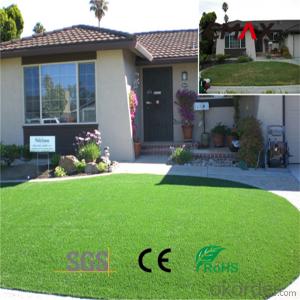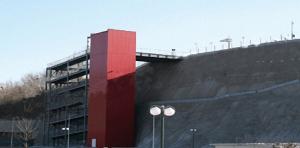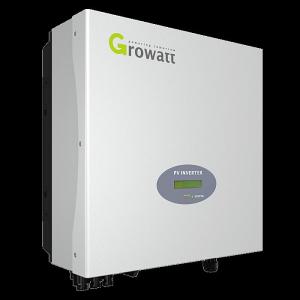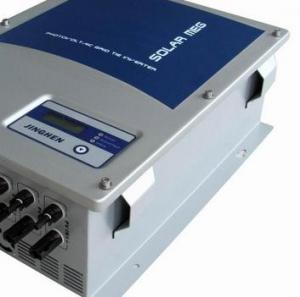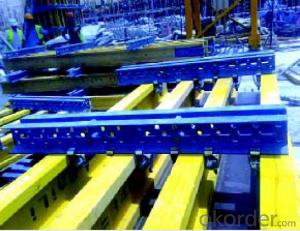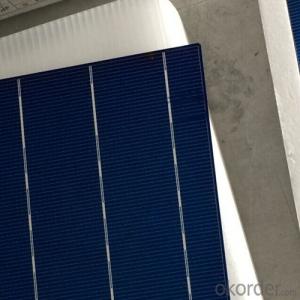Low Cost Solar Cells
Low Cost Solar Cells Related Searches
High Quality Solar Inverter Stainless Steel Peg Board Best Quality Roofing Felt Low Profile Led Ceiling Light melamine board in bangladesh Indoor Led Display Board Led Digital Display Board Good Solar Inverter Brands Led Message Display Board Scrolling Led Message BoardHot Searches
Price For Stainless Steel Scrap Scrap Price For Stainless Steel Price For Stainless Steel Price Of Shipping Containers For Sale Stock Price For Aluminum Air Pump For Aquarium Price Used Foam Board Insulation For Sale Price List For Building Materials Magnesium Oxide Board For Sale Hdf Board For Sale sintra board for sale Solar With Inverter Price Pedestal Fan With Water Spray Price Price Of Scrap Stainless Steel Price Of Stainless Steel Scrap Price Of Stainless Steel High Mast Light Price List Solar Inverter Price In China Galvanized Steel Scrap Price Price For Stainless Steel ScrapLow Cost Solar Cells Supplier & Manufacturer from China
Okorder.com is a professional Low Cost Solar Cells supplier & manufacturer, offers integrated one-stop services including real-time quoting and online cargo tracking. We are funded by CNBM Group, a Fortune 500 enterprise and the largest Low Cost Solar Cells firm in China.Hot Products
FAQ
- Yes, solar cells can certainly be used to power medical devices. Solar-powered medical devices provide a sustainable and reliable source of energy, especially in remote or resource-limited areas where access to electricity may be limited. By harnessing the sun's energy, solar cells can power various medical devices such as diagnostic tools, monitoring systems, prosthetics, and even small surgical instruments. Solar power offers great potential for enhancing healthcare delivery and improving access to medical services globally.
- Solar cells affect the grid by generating electricity from sunlight and feeding it into the grid. This has the potential to reduce the demand for electricity from traditional sources, lower carbon emissions, and contribute to a more sustainable and decentralized energy system. However, the intermittent nature of solar power can also pose challenges for grid stability and require the integration of energy storage and smart grid technologies.
- Solar cells typically perform slightly less efficiently in areas with high humidity due to the presence of moisture in the air. The water vapor can reduce the amount of sunlight reaching the solar cells and can also cause corrosion over time. However, modern solar cell designs have improved significantly to mitigate these effects and ensure reliable performance even in humid conditions.
- Yes, solar cells can be used for cooking. Solar cookers are designed to capture and convert sunlight into heat energy, which can then be used for cooking food. These cookers utilize solar cells to generate electricity, which can power electric stoves or ovens for cooking. Additionally, some solar cookers directly convert sunlight into heat using reflective surfaces and insulation, eliminating the need for electricity altogether.
- The role of solar cells in powering electric fences is to convert sunlight into electrical energy, which is then stored in batteries. This stored energy is used to power the electric fence, providing a continuous and reliable source of electricity without the need for a traditional power source or connection to the electrical grid.
- Solar cells play a crucial role in powering streetlights by converting sunlight into electrical energy, which is then used to illuminate the streetlights. They provide a sustainable and renewable source of power, reducing dependence on the electrical grid and minimizing carbon emissions. Moreover, solar cells enable streetlights to operate efficiently, even in remote or off-grid locations, making them an environmentally friendly and cost-effective solution for outdoor lighting.
- What are the advantages of monocrystalline silicon and polycrystalline silicon in solar power?
- single The wafer hot process time can be completed in less than one minute, using the process to make a cell conversion efficiency of more than 14% on 100 square centimeters of polysilicon wafers. It is reported that the current 50 ~ 60 micron polysilicon substrate produced on the battery efficiency of more than 16%. The use of mechanical groove, screen printing technology in the 100 square centimeter polycrystalline efficiency of more than 17%,
